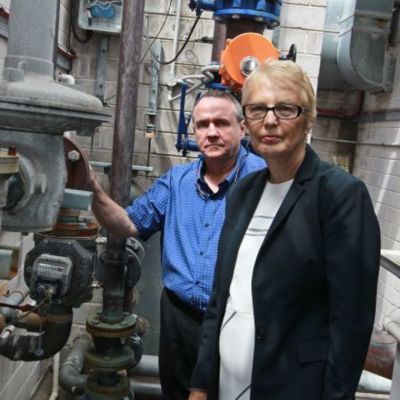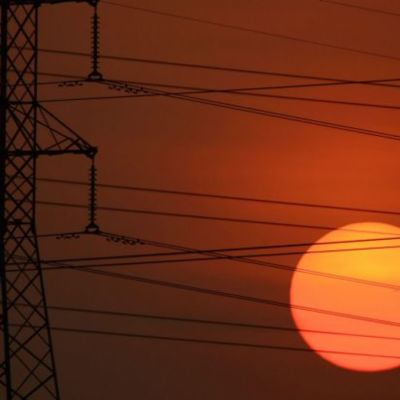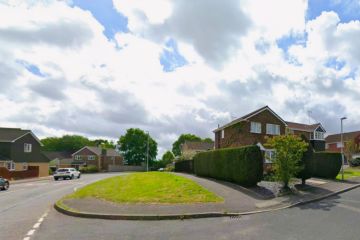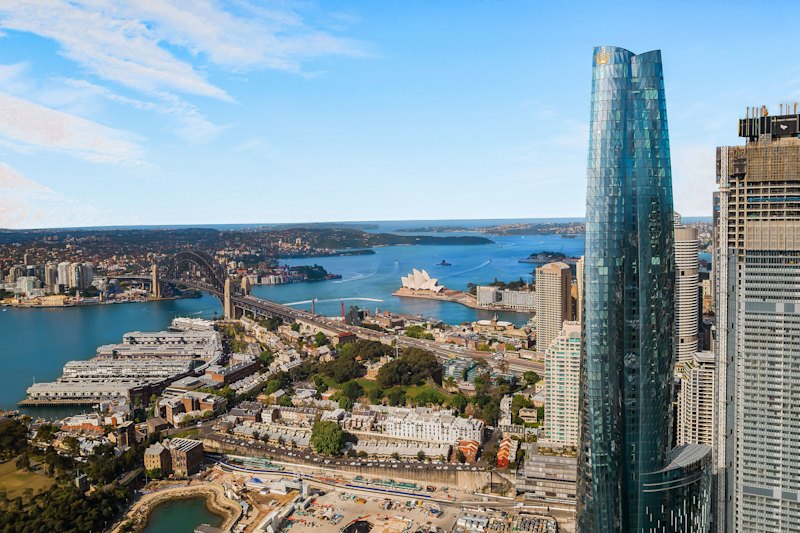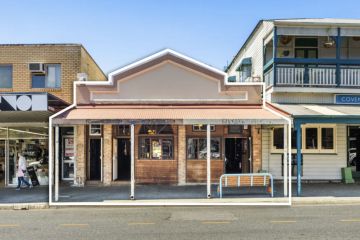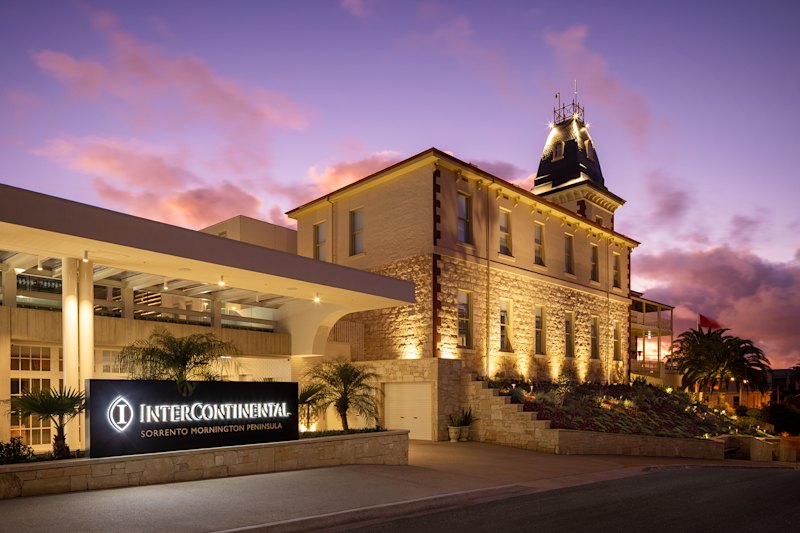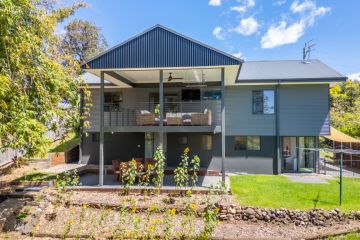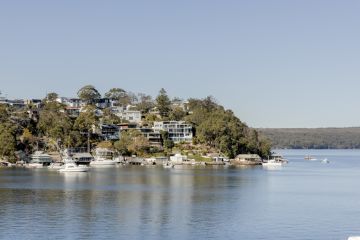How future electricity shortages will affect NSW and Victorian apartment dwellers
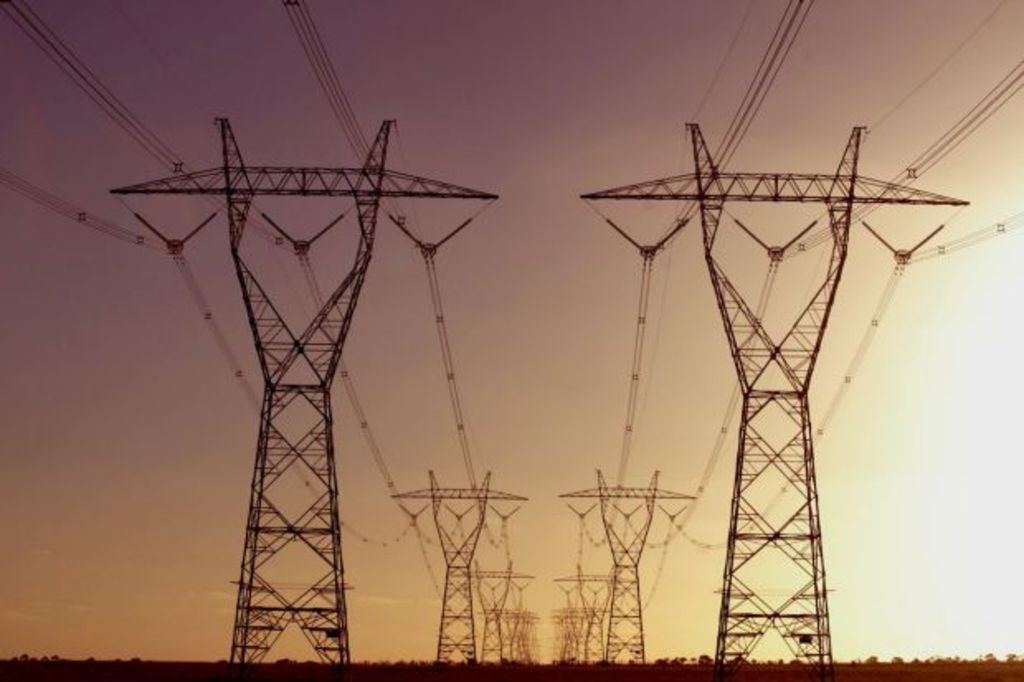
0
0
1
595
3398
nfrost@domain.com.au
28
7
3986
14.0
Normal
0
false
false
false
EN-AU
JA
X-NONE
/* Style Definitions */
table.MsoNormalTable
{mso-style-name:”Table Normal”;
mso-tstyle-rowband-size:0;
mso-tstyle-colband-size:0;
mso-style-noshow:yes;
mso-style-priority:99;
mso-style-parent:””;
mso-padding-alt:0cm 5.4pt 0cm 5.4pt;
mso-para-margin-top:0cm;
mso-para-margin-right:0cm;
mso-para-margin-bottom:8.0pt;
mso-para-margin-left:0cm;
line-height:107%;
mso-pagination:widow-orphan;
font-size:11.0pt;
font-family:Calibri;
mso-ascii-font-family:Calibri;
mso-ascii-theme-font:minor-latin;
mso-hansi-font-family:Calibri;
mso-hansi-theme-font:minor-latin;}
High-rise apartment residents in NSW and Victoria will be hardest hit in a future plagued by South Australia-style power shortages, a leading civil engineer and former regional planner has predicted.
Lifts throughout buildings will come to a halt, leaving families and older people who aren’t able to climb down – or up – several flights of stairs marooned in their homes, stranded outside them, or in the lifts themselves.
Matt Mushalik, an advisor to the Australian Association for the Study of Peak Oil and Gas (ASPO) – a nationwide network of professionals working to reduce the country’s oil vulnerability – says as well as the dangers to individuals, the value of apartments will drop as power shortages increase.
“There is no way skyscrapers will survive the coming electricity crisis,” he says. “And that’s particularly when few of the existing towers ever invest in renewable energy to make up for shortfalls.
“NSW is dependent on imports from Queensland and Victoria and now we face the closure of old coal-fired power plants, like Hazelwood in Victoria this month, without a proper replacement. With gas shortages also in the South East as most coal-seam gas is exported, power shortages are thus pre-programmed and unavoidable.”
Figures provided by the National Electricity Market Review published by Global Roam, show how NSW is in permanent power deficit.
NSW imports from Victoria fluctuated between 450 megawatts in June-July 2016 to 1000 megawatts in October 2016, while NSW imports from Queensland were a maximum of 520 megawatts in June 2016, with some exports of 40 megawatts in February 2016.
Very few high-rise apartment buildings in Australia have back-up generators in the case of power failures. Most will have small batteries to power emergency and exit lighting, but only a handful have diesel-fired generators to run lifts in times of electricity black-outs.
The new complex One Central Park at Broadway is an exception, with its own on-site tri-generation plant supplying electricity, heating and cooling, and the new tower Poly Horizon in Epping is being built with a back-up generator.
“There are a few older ones with back-up generators too, but the vast majority don’t have anything like that,” says Gerry Chia, chair of the peak apartment-owners’ organisation, the Owners Corporation Network, and the chair of the Pacific Place Community Association in Chatswood.
“In my complex, we have buildings of 31 storeys, 23 … and there are others nearby rising up to 40 storeys. We’ve been investigating installing some kind of back-up that would at least make sure lifts would go to the next level, rather than getting stuck between levels, but that’s still a challenging exercise. It’s expensive and difficult, but we have a lot of families with young children and older residents who’d have extreme difficulty getting up and down with lifts not working.”
Installing back-up generators into high-rise apartments would be enormously costly for residents, says David Bell, ASPO’s finance expert.
He says they’d likely be the size of shipping containers and would need to be brought in by truck, craned onto roofs or into any spare space, and then all the infrastructure would need to be installed to support them, with regular servicing, costing “easily millions of dollars”.
“This is definitely going to be a problem in the future,” Bell says. “It’s great having these fantastic buildings full of beautiful apartments, but it’s also important to make sure they’re going to be able to work safely in the future.
“I don’t know what’ll happen to the value of apartments if we don’t solve the problems of electricity supply.”
Independent advisor and commentator on climate change and energy Ian Dunlop, formerly on the international staff of Royal Dutch Shell, says he can also see this scenario in the future.
“The problem is that we don’t expect these issues like power black-outs to happen, so we haven’t spent any time thinking about them and their implications in urban spaces,” he says. “But we have a lot of high-rise buildings dotting the skylines these days and when we have long-running problems … no one’s planned for these.
“Our energy security is a vital issue and needs urgent attention from all sides. The situation needs will and honesty to face up to what’s been happening, and what could happen.”
We recommend
States
Capital Cities
Capital Cities - Rentals
Popular Areas
Allhomes
More
- © 2025, CoStar Group Inc.
